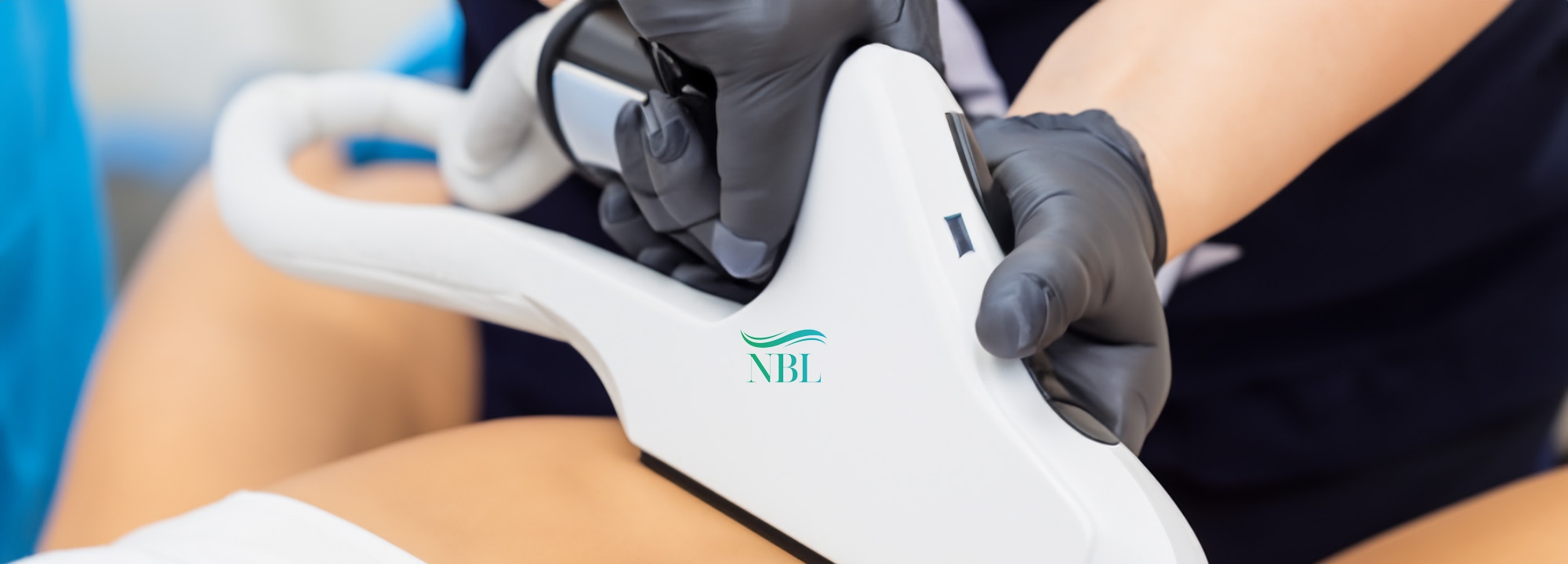Tattoo Removal Cost Santa Rosa .
Tattoo Removal Pain Scale: Understanding the Discomfort
Tattoo removal has become an increasingly common procedure for individuals looking to erase or alter ink from their skin. One of the most significant concerns people have about tattoo removal is the level of pain involved. Much like getting a tattoo, the pain experienced during removal can vary depending on multiple factors, including the technology used, individual pain tolerance, and the tattoo's size, color, and location. Understanding the tattoo removal pain scale can help you set realistic expectations and prepare for the procedure.
The tattoo removal process typically relies on laser technology. Lasers break down the ink particles under the skin, which are then absorbed and expelled naturally by the body. Although the process is effective, it does come with a degree of discomfort. Most people describe the sensation as similar to being snapped repeatedly with a rubber band. Others liken it to a hot or stinging feeling. While some tolerate it quite well, others find it more painful, especially in sensitive areas.

On a general pain scale of 1 to 10, tattoo removal typically falls between a 4 and a 7 for most people. The exact placement on the scale depends on the individual's tolerance for pain and the specific area of the body being treated. For example, tattoo removal on areas with thicker skin, such as the arms, thighs, or shoulders, may register closer to a 4. Conversely, areas with thinner skin, such as the wrists, ankles, ribs, or face, are often closer to a 7 or higher due to increased nerve sensitivity in these regions.
Another factor affecting pain levels during tattoo removal is the size and age of the tattoo. Smaller tattoos, especially those with lighter ink, tend to be less painful to remove and require fewer laser pulses. Older tattoos, which have already begun to fade over time, may also cause less discomfort because the ink is not as deeply embedded in the skin. On the other hand, large, dense, or multicolored tattoos often require more treatment sessions and may be associated with greater discomfort.
The type of laser technology used also plays a role in the tattoo removal pain scale. Q-switched lasers, which are commonly used for tattoo removal, deliver short bursts of energy that target ink particles while minimizing damage to the surrounding skin. Although this method is considered relatively effective and safe, the quick bursts can still cause a sharp stinging sensation. Newer technologies, such as pico lasers, tend to produce less pain because they operate at a faster speed, reducing the amount of energy absorbed by the skin.
Some individuals opt for pain management techniques to make the tattoo removal process more bearable. Topical numbing creams, which are applied before the procedure, can help reduce the intensity of the pain. Additionally, clinics may offer cooling devices or cold air systems during the session to help numb the skin and minimize discomfort. In certain cases, local anesthetics may also be used, especially for sensitive areas or larger tattoos. Discussing these options with a professional can help ensure the procedure is as comfortable as possible.

Pain perception is highly subjective and varies from person to person. Factors such as overall health, stress levels, and previous experiences with pain can influence how an individual experiences tattoo removal. For example, individuals with a higher pain tolerance may find the procedure to be relatively mild, while those who are more sensitive to pain may struggle with the discomfort. Mental preparation and relaxation techniques, such as deep breathing, can also help mitigate the sensation during treatment.
It's important to note that while tattoo removal can be painful, the sessions themselves are relatively short. Depending on the size and complexity of the tattoo, a single session can last anywhere from a few minutes to half an hour. For smaller tattoos, the treatment may be over before the pain becomes overwhelming. However, multiple sessions are usually required to achieve complete removal, which means you will need to endure the discomfort more than once.
After each session, individuals may experience post-procedural discomfort similar to a mild sunburn. Redness, swelling, and tenderness are common side effects, but these typically subside within a few days. Following proper aftercare instructions, such as keeping the area clean, avoiding sun exposure, and using soothing creams, can help minimize any lingering pain and promote healing.
The tattoo removal pain scale varies depending on factors such as the location of the tattoo, individual pain tolerance, and the technology used. While the process can be uncomfortable, advancements in laser technology and the availability of pain management options have made tattoo removal more tolerable than ever before. By understanding what to expect and preparing accordingly, you can navigate the procedure with greater confidence and minimal stress. If pain is a significant concern, consult with a professional to explore all available options to make the experience as comfortable as possible.
